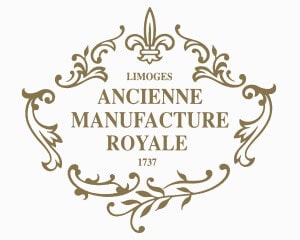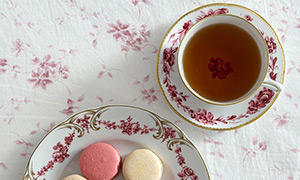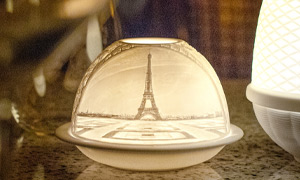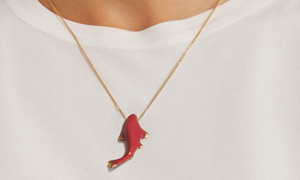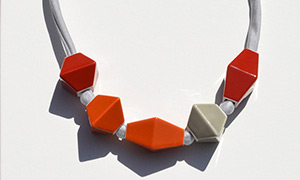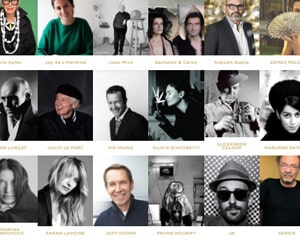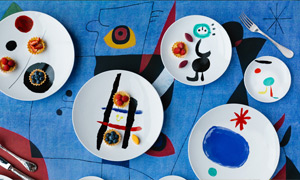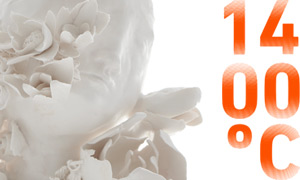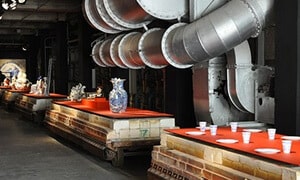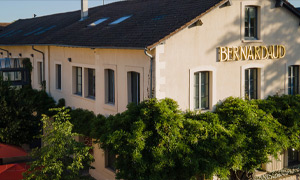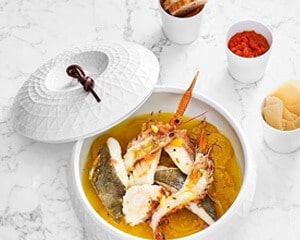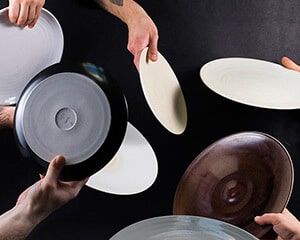Update your browser to view this website correctly.
We recommend updating your browser or downloading one of the following browsers: Download
Starting from December 11th, we are unable to guarantee delivery before Christmas. All orders are subject to availability. Thank you for your understanding and continued trust.
You are currently on United Kingdom
Select another store:
Select another store:
Warning, you will not be able to be delivered in the country where you are located (United States).
Please choose the store according to your delivery country.
Please choose the store according to your delivery country.
Our best sellers
Your recent searches
Delete all





